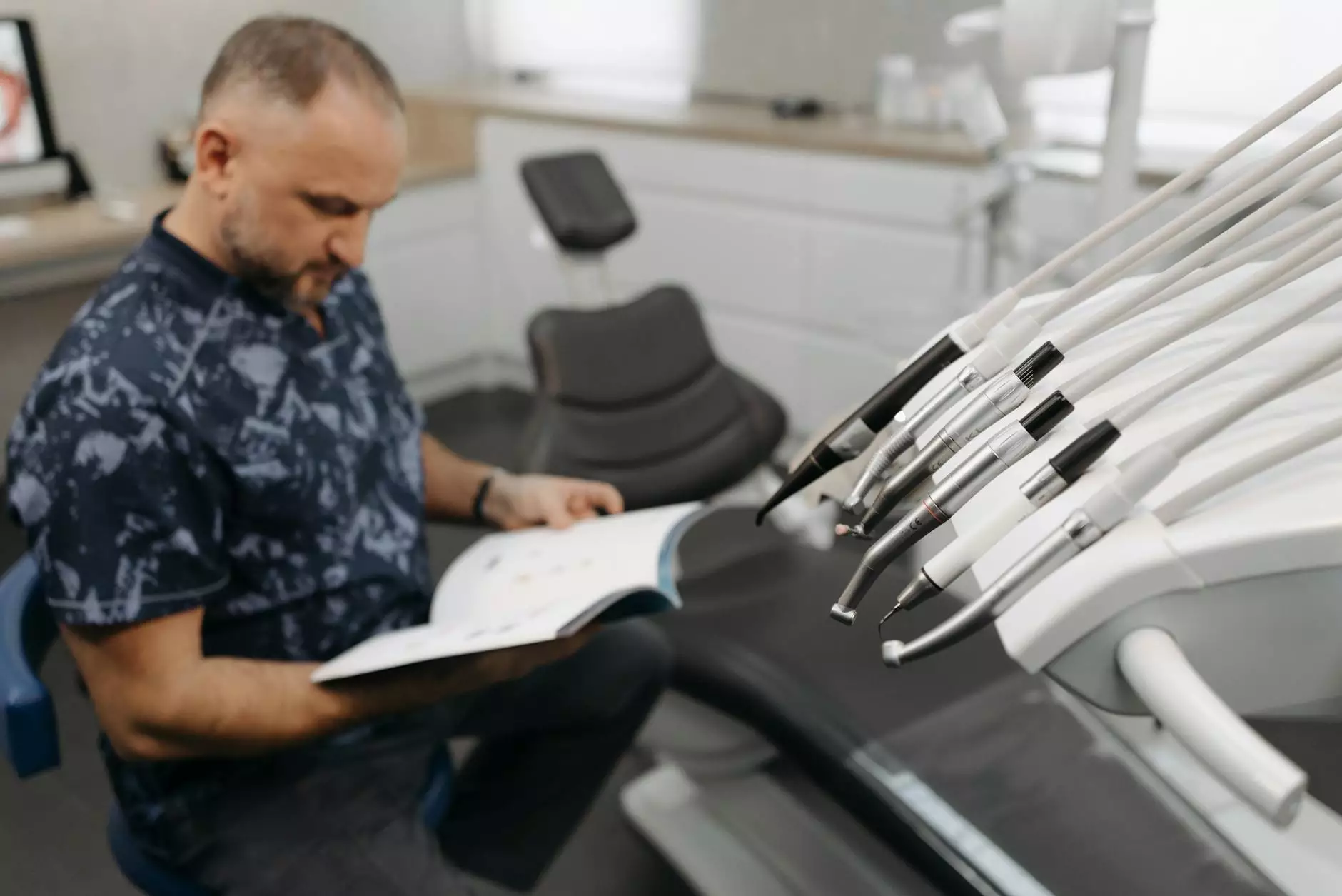Understanding the Capsular Pattern of Frozen Shoulder

Frozen shoulder, medically known as adhesive capsulitis, is a condition that results in stiffness and pain in the shoulder joint. It is characterized by a distinct capsular pattern that indicates specific limitations in shoulder mobility. Understanding this pattern is crucial for effective diagnosis, treatment, and recovery.
What is Frozen Shoulder?
Frozen shoulder typically develops gradually, with three distinct phases:
- Freezing Stage: This initial phase can last from 6 weeks to 9 months, where pain gradually increases, and movement becomes restricted.
- Frozen Stage: During this phase, which may last 4 to 6 months, pain may decrease but stiffness remains, severely limiting shoulder movement.
- Thawing Stage: The final phase is characterized by the gradual return of mobility, which can take anywhere from 6 months to 2 years.
Understanding the Capsular Pattern of Frozen Shoulder
The capsular pattern of frozen shoulder is a specific arrangement of limitations in shoulder joint range of motion. It primarily affects the shoulder joint capsule, leading to characteristic restrictions:
Typical Limitations in Motion
The following movements are typically restricted in a frozen shoulder:
- External Rotation: This movement is usually the most restricted early in the process, causing significant discomfort and difficulty in daily activities.
- Abduction: Difficulty in lifting the arm away from the body significantly impacts functional mobility.
- Internal Rotation: This often presents as the least restricted when compared to external rotation, but still impacts range of motion.
Causes and Risk Factors
Understanding the etiology of frozen shoulder is essential for prevention. Some recognized causes and risk factors include:
- Diabetes: Individuals with diabetes are at a significantly higher risk of developing frozen shoulder.
- Age and Gender: Typically, individuals between the ages of 40 and 60, particularly women, experience frozen shoulder more frequently.
- Injury or Surgery: A significant injury or recent surgery to the shoulder can lead to immobilization, which may trigger frozen shoulder.
- Certain Medical Conditions: Conditions such as heart disease, thyroid disorders, and Parkinson’s disease may also increase the likelihood of developing frozen shoulder.
Diagnosis of Frozen Shoulder
To diagnose frozen shoulder and its capsular pattern, healthcare providers typically carry out the following examinations:
- Medical History Review: Discussing symptoms, lifestyle, and medical history plays a crucial role in diagnosis.
- Physical Examination: Doctors will assess shoulder mobility through various movements, checking for limitations that match the capsular pattern.
- Imaging Tests: While traditional X-rays may show other issues, MRI or ultrasound can help visualize soft tissue structures and assess the condition of the shoulder joint.
Treatment Options for Frozen Shoulder
There are several approaches to treat frozen shoulder, focusing on relieving pain and restoring mobility. Common treatment options include:
Physical Therapy
Physical therapy is often the first line of treatment. It may include:
- Stretching Exercises: Gentle stretching can help enhance flexibility and restore range of motion.
- Strengthening Activities: Regaining strength in the shoulder supports recovery and promotes better function.
- Manual Therapy: A physical therapist might use hands-on techniques to mobilize shoulder joints.
Medication
Over-the-counter medications like NSAIDs can help manage pain and inflammation. In some cases, stronger prescription medications may be necessary.
Injections
For some individuals, a corticosteroid injection into the shoulder joint can provide relief from pain and improve mobility.
Surgical Options
In rare cases where conservative treatments fail, surgical options such as arthroscopic capsular release may be considered. This involves cutting the tight ligaments to restore movement.
Preventing Frozen Shoulder
Though not all frozen shoulders can be prevented, some strategies may help reduce the risk:
- Stay Active: Keeping the shoulder joint mobile through regular, light exercises can help maintain its function.
- Address Injuries Promptly: Immediate rehabilitation following shoulder injuries or surgeries can prevent immobilization.
- Manage Chronic Conditions: Properly managing health conditions that increase the risk of frozen shoulder is crucial.
Conclusion
Understanding the capsular pattern of frozen shoulder is pivotal for identifying and managing this challenging condition. By recognizing early symptoms and seeking appropriate treatment, individuals can work towards improving mobility and enhancing their quality of life. Regular consultation with healthcare providers and adherence to rehabilitation exercises remain key components in successfully navigating frozen shoulder. For those seeking further knowledge or resources, exploring information from reputable health and medical sources such as iaom-us.com can be immensely beneficial.









